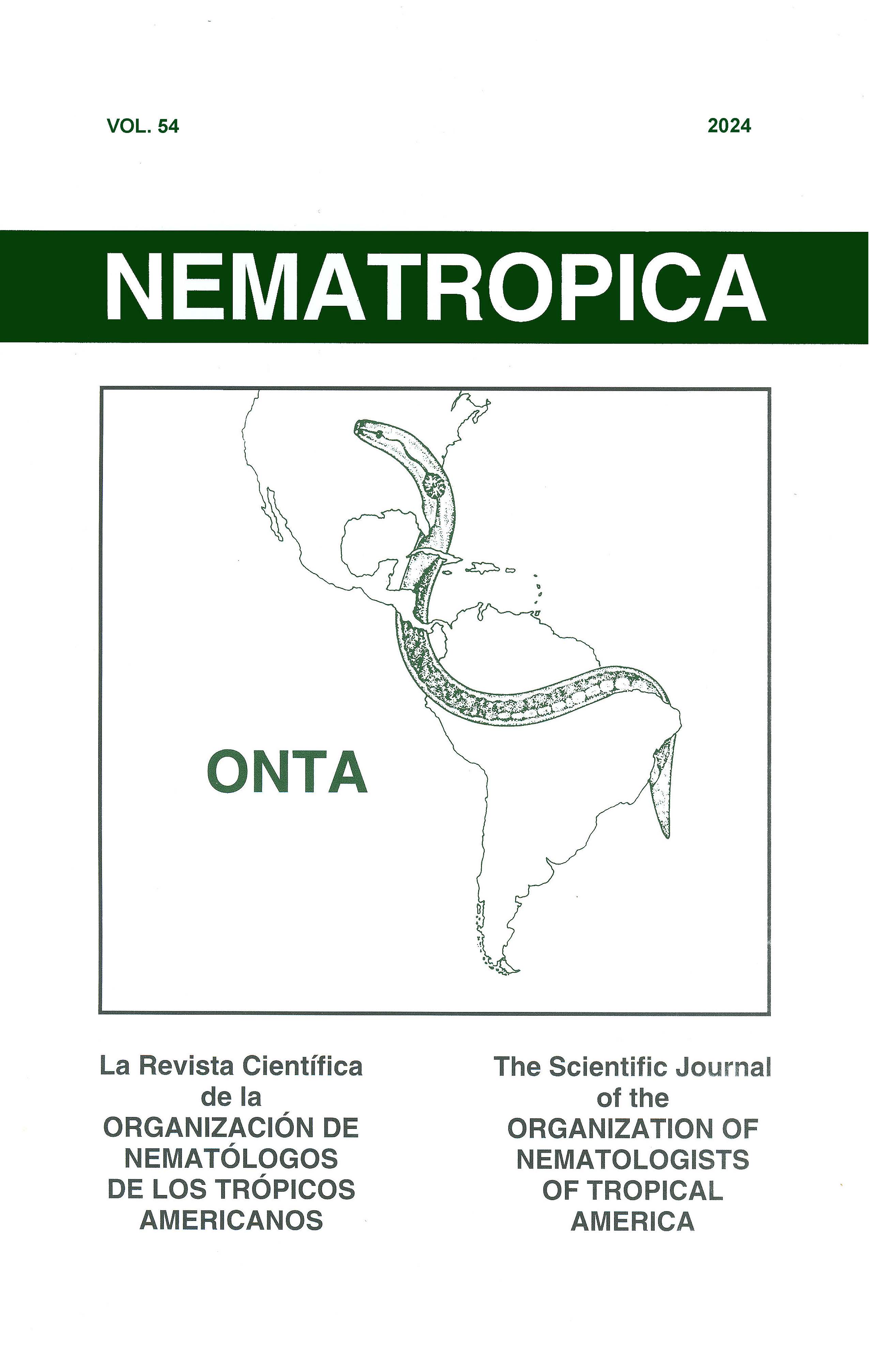EXAMINING SUSCEPTIBILITY OF WHITE CLOVER, BUCKWHEAT, BLACK OAT, AND FORAGE RADISH AS A LONG-TERM COVER CROP MIX TO MELOIDOGYNE INCOGNITA
Abstract
White clover (Trifolium repens) is a popular perennial ground cover for orchard crops in the tropics. However, due to its slow-growing nature, mixed planting of buckwheat (BW, Fagopyrum esculentum), black oat (BO, Avena strigosae), forage radish (FR, Raphanus sativus) with white clover (CL) is needed to help with initial establishment of the ground cover. The objective of this research was to examine the susceptibility of these cover crops to Meloidogyne incognita. Two greenhouse trials were conducted comparing the susceptibility of BW, BO, CL, and FR to M. incognita. Mustard green (Brassica juncea) was included as the susceptible control, and sorghum (Sorghum bicolor) was included as the resistant control. White clover had the highest number of females with eggs per gram of root in both trials. BO, BW, and FR had similar number of females without eggs per gram of root as CL and mustard green. The lower inoculation rate in Trial II, 300 M. incognita second-stage juveniles/pot, allowed for more distinct segregation of susceptibility of cover crops toward M. incognita based on reproductive factor (Rf = final population density/initial population density), which was highest in CL. Despite a low Rf, BW was highly intolerant to M. incognita and senesced early. In conclusion, mixed planting of the varieties of BW, BO, CL, and FR tested here are not recommended in soil infested with M. incognita.

